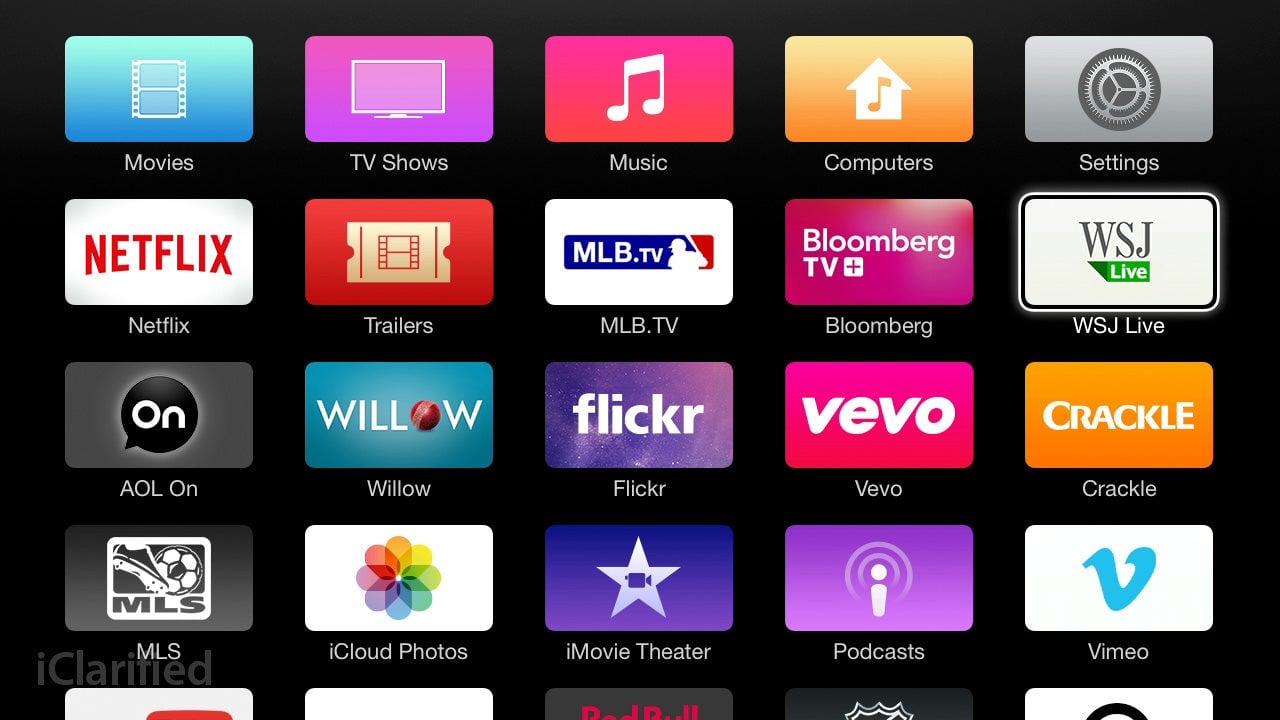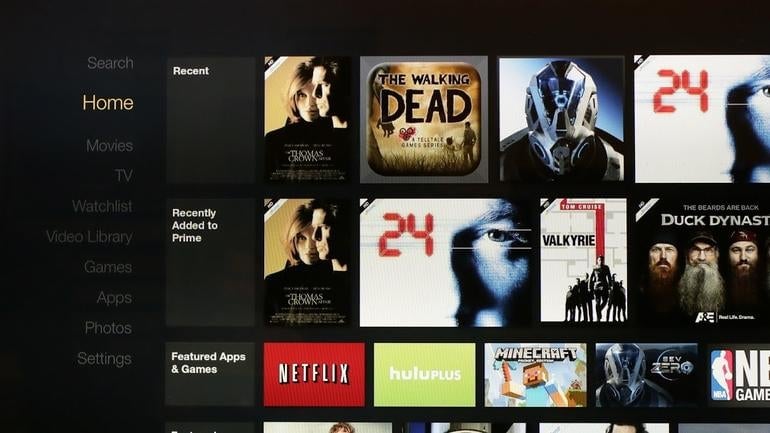Before you run out and buy the cheaper Apple TV with HBO, read this
Apple TV may be more enticing now with a cheaper price—$69, cut from $99—and the promise of exclusive access to HBO’s streaming service for cord cutters. But if you are thinking of buying one, don’t.


Apple TV may be more enticing now with a cheaper price—$69, cut from $99—and the promise of exclusive access to HBO’s streaming service for cord cutters. But if you are thinking of buying one, don’t.
The device, which makes it easier to watch internet video on your television set, is showing its age. Apple TV hasn’t been updated in more than two years, and you can tell: Next to similar devices, it feels sluggish, cumbersome, and built for an earlier era of television.
Perhaps the issue is that Apple has grander ambitions for television, which have discouraged the company from investing further in its hockey-puck-sized streaming media player. We should all hope so. But while Apple daydreamed about the future, its competitors dramatically improved their existing products.
Speed is the most obvious issue. Apple TV’s single-core processor from 2013 takes an extra beat before executing each command, like a cable box. It’s lethargic compared to the dual-core chip in the Roku 3 or the quad-core inside Amazon’s Fire TV. Both of those media players, which cost $99 but frequently go on sale, are satisfyingly speedy and feel suited to the task of streaming internet video in 2015.
That’s another thing: In my experience at least, streams crap out more frequently on Apple TV than other devices. One reason may be that Apple TV, first introduced in 2006, was built for an era when people still paid for a la carte video from digital storefronts like iTunes. That habit has since been largely replaced by subscription services such as Netflix, which are streamed rather than downloaded.

Apple incorporated many of these services over time, but in doing so, created a strangely backwards viewing experience. First you choose an app and then a video you want to watch, provided the service carries it. This recreates the worst dynamics of traditional TV, with apps standing in for channels.
Roku and Amazon have managed to break that paradigm, to an extent, by offering universal search across many of the apps they support. Search for a movie, and the Roku 3 will tell you if it’s carried by any services you subscribe to or point you to where it can be rented. Fire TV does it one better with voice search, so you can talk to your remote instead of pecking through a frustrating on-screen keyboard. Say Girls, for instance, and it will tell you the show is available through your HBO Go subscription, instead of making you pay for it through Amazon.

The Fire TV interface also begins, sensibly, with video you might want to watch. That’s a lot more useful if you subscribe to Amazon Prime, which comes with a library of television shows and movies. But you should, since Amazon is investing heavily to compete with Netflix and creating some excellent original shows, like the award-winning Transparent. And if you do subscribe, don’t forget the one device that doesn’t carry Amazon’s video app is Apple TV.
It’s not much of a contest, yet Apple has sold 25 million units of its streaming media player, and with the price dropping to $69, is likely to sell many more. HBO’s decision to launch HBO Now—its new streaming service that doesn’t require a separate pay TV subscription—exclusively on the Apple TV is a huge marketing boost ahead of the fifth-season premiere of Game of Thrones. But the exclusivity only lasts three months, so if you can hold out until HBO Now inevitably comes to the Fire TV and other superior devices, you should.
(For cheaper alternatives, consider the $35 Google Chromecast, $39 Fire TV Stick, or $50 Roku Streaming Stick. They have their own downsides, but all run faster than Apple TV.)
If Apple ever actually does “crack” television, we can all buy that device. Until then, stay away from its poor substitute.